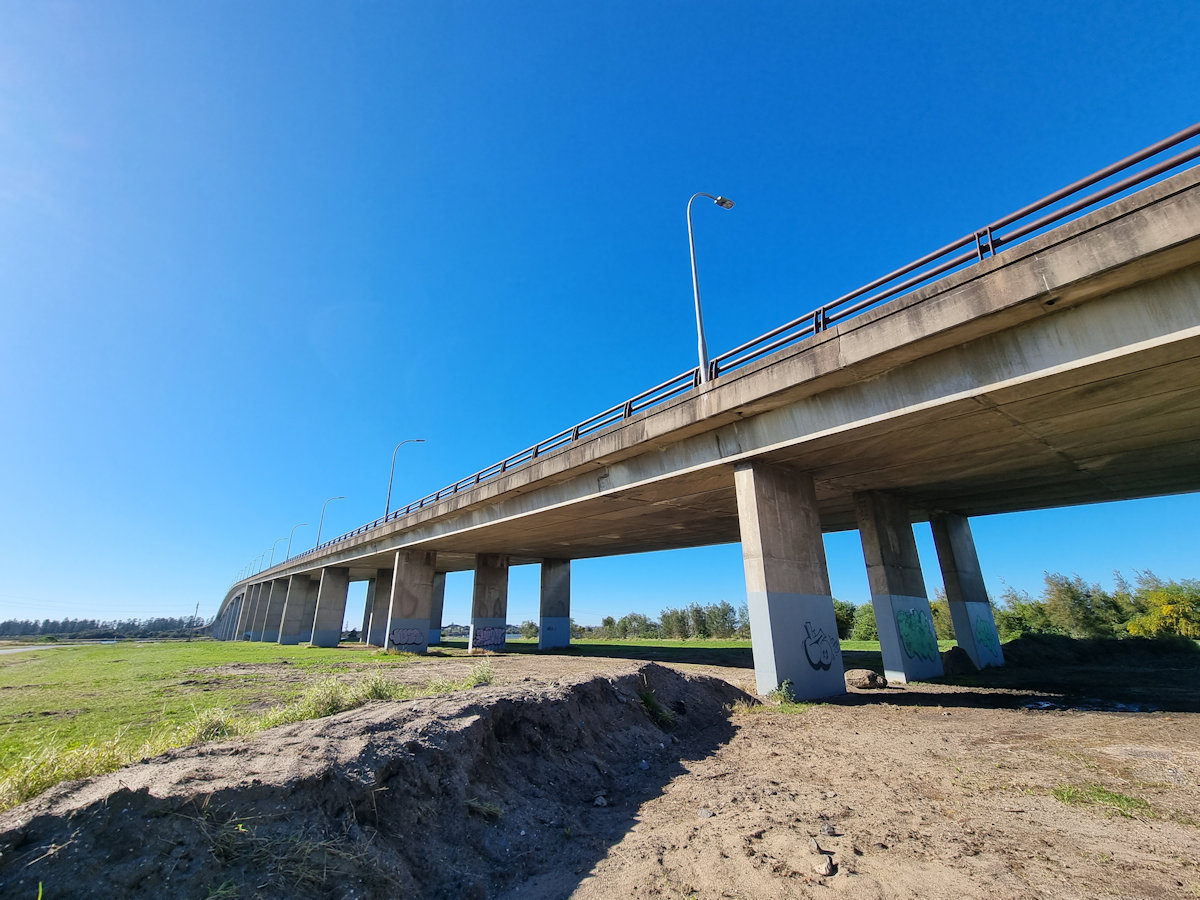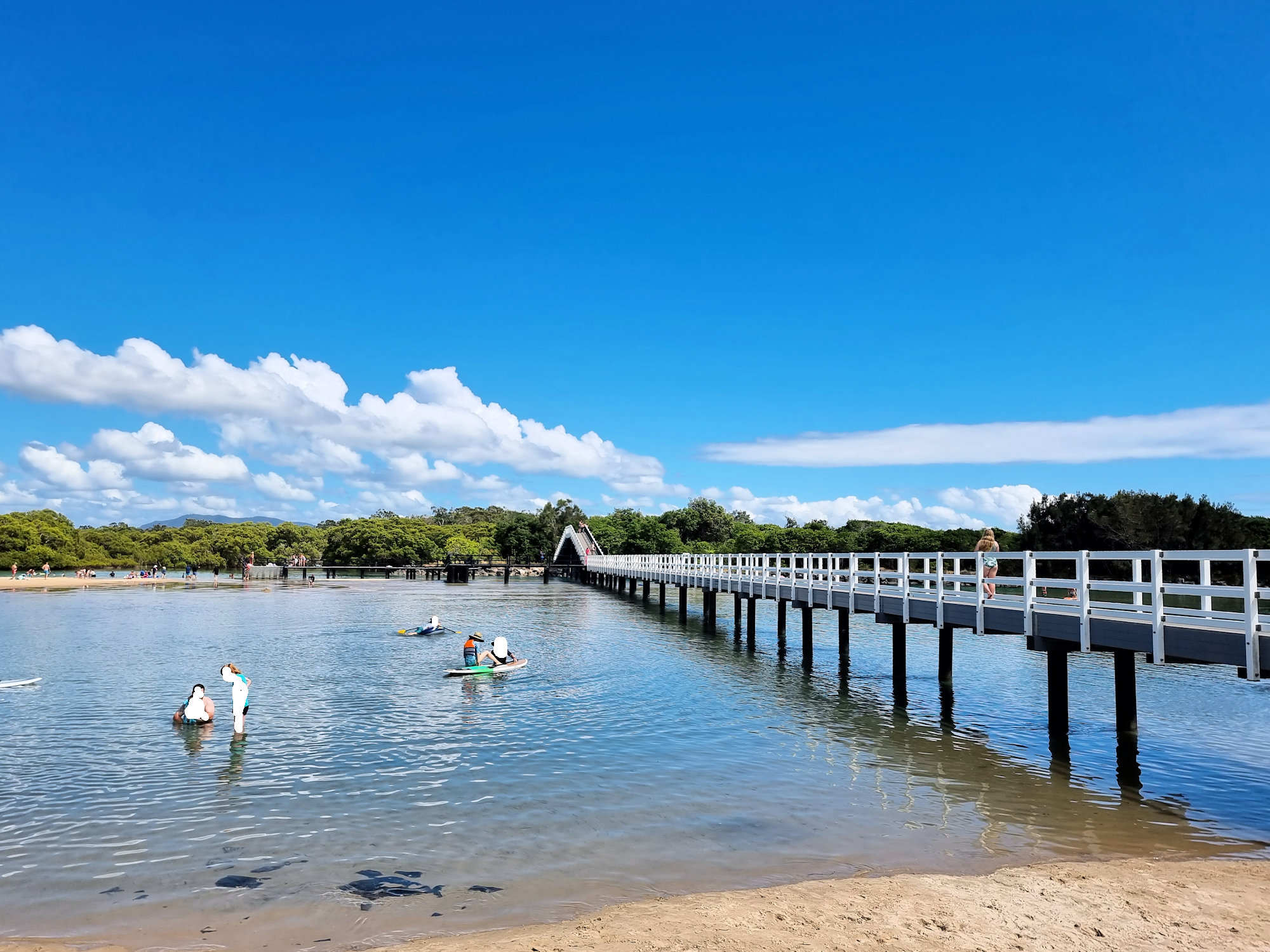Tag: Bridge
-
Carradah Park Sydney Australia

Carradah Park Sydney Australia History of the Site The BP refinery at Carradah Park in Waverton has a rich history that dates back several decades. Here is a brief overview of its historical significance: The refinery was established in 1926 by the Anglo-Persian Oil Company, which later became British Petroleum (BP). Its location in Waverton,… Read more
-
Stockton Bridge Newcastle Australia

Stockton Bridge Newcastle Australia Spanning the North Channel of the Hunter River, the Stockton Bridge connects the Tomaree and Tillegerry Peninsulas with Newcastle, Australia. Replacing an earlier vehicle ferry from Stockton to Newcastle (the passenger ferry still runs), it has significantly improved vehicle flow. When opened in 1971, it was the longest bridge (at 1,024m)… Read more
-
Back Creek Bridge

Back Creek Bridge South West Rocks After visiting the nearby Trial Bay Gaol, we stopped at Back Creek Bridge before driving further up the coast. Located in the town of South West Rocks, the footbridge crosses a creek (called South West Rocks Creek) to a track through the mangroves. A large car park next to… Read more